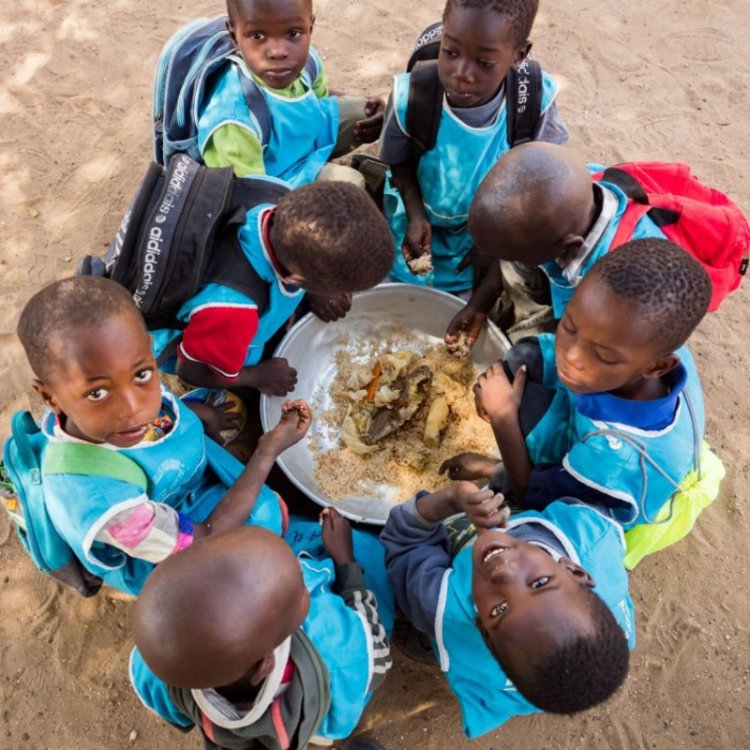Number of people facing acute food insecurity rises to 258 mn in 58 countries
The latest Global Report on Food Crises (GRFC) mentioned that around 258 million people in 58 countries and territories faced acute food insecurity at crisis or worse levels in 2022, up from 193 million people in 53 countries and territories in 2021. This is the highest number in the seven-year history of the report.

The number of people experiencing acute food insecurity and requiring urgent food, nutrition and livelihood assistance increased for the fourth consecutive year in 2022, with over a quarter of a billion facing acute hunger and people in seven countries on the brink of starvation, according to the latest Global Report on Food Crises (GRFC).
The annual report mentioned that around 258 million people in 58 countries and territories faced acute food insecurity at crisis or worse levels in 2022, up from 193 million people in 53 countries and territories in 2021. This is the highest number in the seven-year history of the report.
However, much of this growth reflects an increase in the population analysed. In 2022, the severity of acute food insecurity increased to 22.7 per cent, from 21.3 per cent in 2021, but remains unacceptably high and underscores a deteriorating trend in global acute food insecurity.
Read This Also: Panel set up to restructure 94-year-old ICAR, prune its size
“More than a quarter of a billion people are now facing acute levels of hunger, and some are on the brink of starvation. That’s unconscionable,” UN Secretary-General António Guterres wrote in the foreword of the report.
“This seventh edition of the Global Report on Food Crises is a stinging indictment of humanity’s failure to make progress towards Sustainable Development Goal 2 to end hunger and achieve food security and improved nutrition for all.”

According to the report, more than 40 per cent of the population resided in just five countries - Afghanistan, the Democratic Republic of the Congo, Ethiopia, parts of Nigeria (21 states and the Federal Capital Territory - FCT), and Yemen.
People in seven countries faced starvation and destitution, or catastrophe levels of acute hunger at some point during 2022. More than half of those were in Somalia (57 per cent), while such extreme circumstances also occurred in Afghanistan, Burkina Faso, Haiti (for the first time in the history of the country), Nigeria, South Sudan and Yemen.
Around 35 million people experienced emergency levels of acute hunger in 39 countries, with more than half of those located in just four countries - Afghanistan, the Democratic Republic of the Congo, the Sudan and Yemen.
Read This Also: Punjab, Haryana save govt: procurement of wheat to cross 250 LT averting crisis
Additionally, in 30 of the 42 main food crises contexts analysed in the report, over 35 million children under five years of age suffered from wasting or acute malnutrition, with 9.2 million of them with severe wasting, the most life-threatening form of undernutrition and a major contributor to increased child mortality.
While conflicts and extreme weather events continue to drive acute food insecurity and malnutrition, the economic fallout of the СOVID-19 pandemic and the ripple effects of the war in Ukraine have also become major drivers of hunger, particularly in the world’s poorest countries, mainly due to their high dependency on imports of food and agricultural inputs and vulnerability to global food price shocks.



 Join the RuralVoice whatsapp group
Join the RuralVoice whatsapp group








































